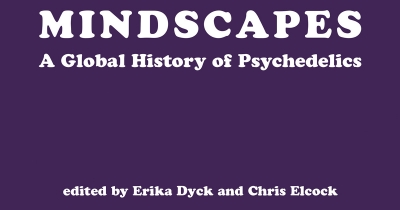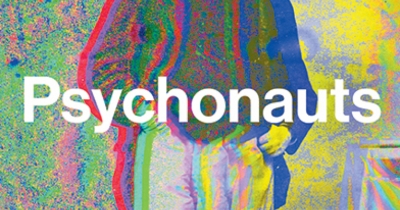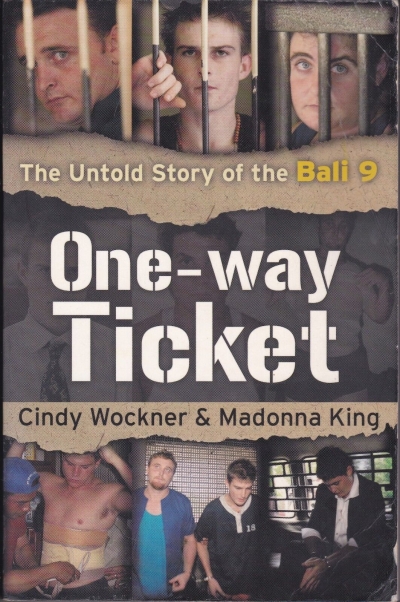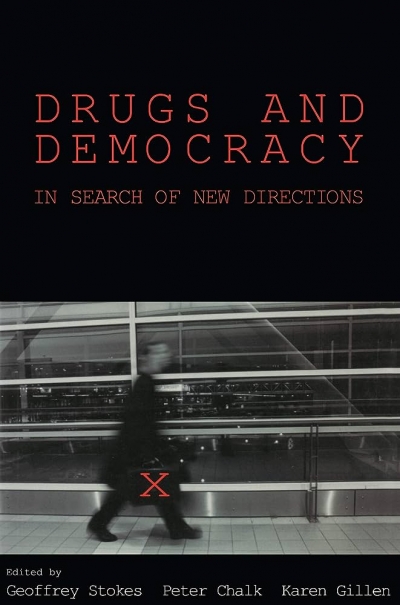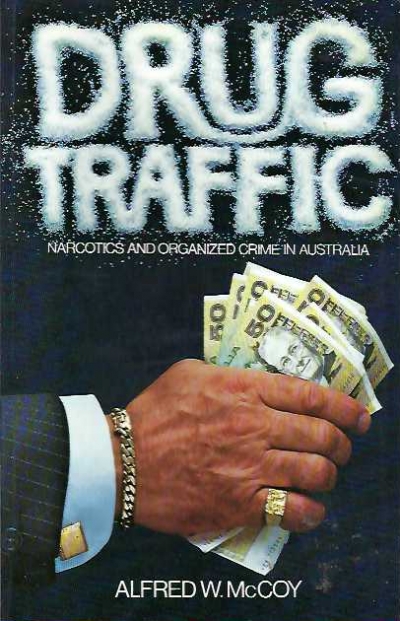Drugs
Expanding Mindscapes: A global history of psychedelics by Erika Dyck and Chris Elcock
by Ben Brooker •
Psychonauts: Drugs and the making of the modern mind by Mike Jay
by Ben Brooker •
One Way Ticket: The untold story of the Bali nine by Cindy Wockner and Madonna King
by Marina Cornish •
What’s Wrong with Addiction? by Helen Keane & Modernising Australia’s Drug Policy by Alex Wodak and Timothy Moore
by Desmond Manderson •
Drugs and Democracy: In search of new directions by editors Gregory Stokes, Peter Chalk, and Karen Gillen
by Desmond Manderson •
Drug Traffic, narcotics and organized crime in Australia by Alfred W. McCoy
by George Munster •

